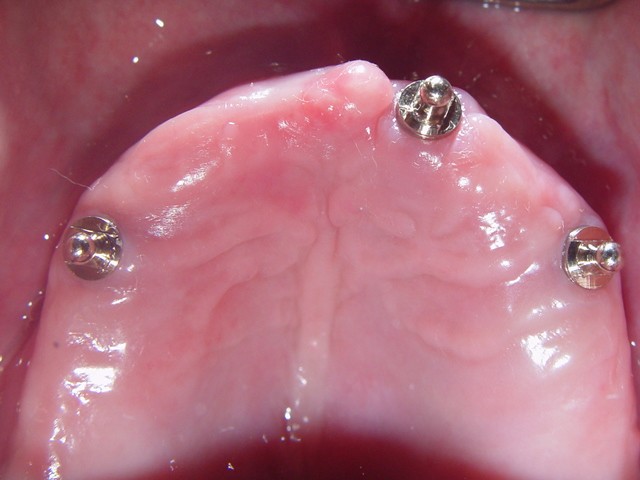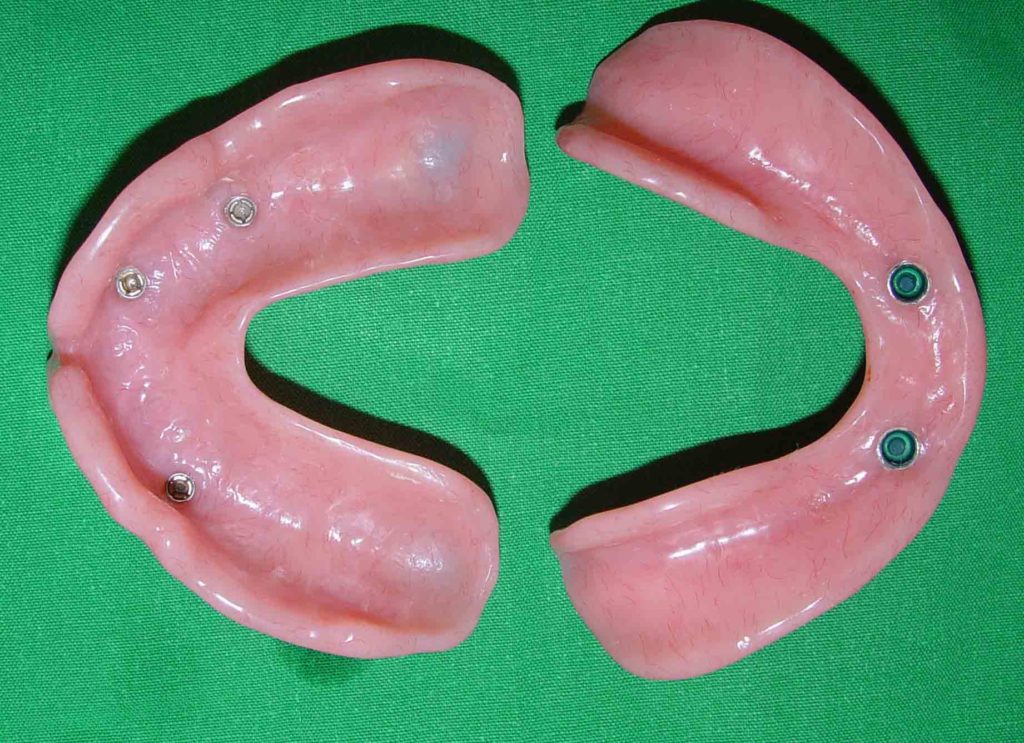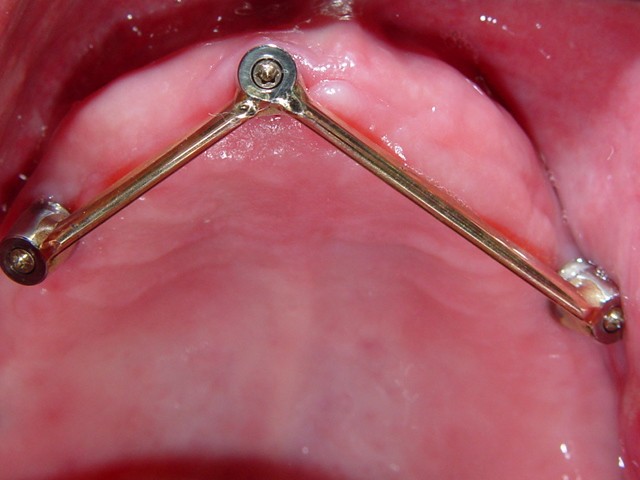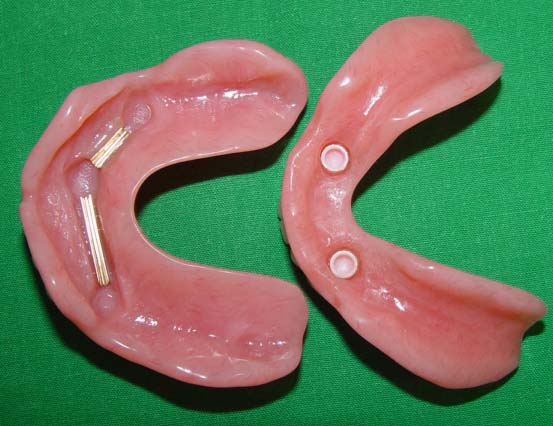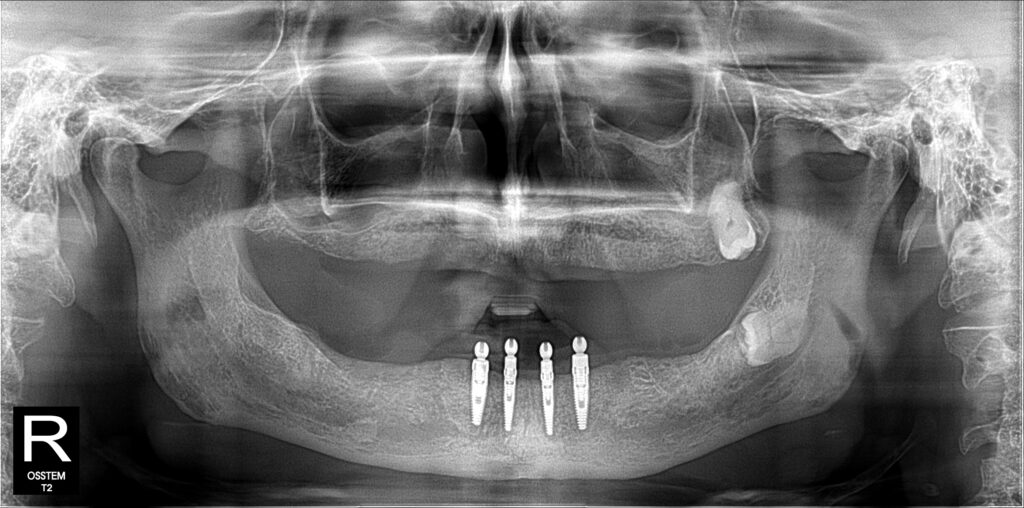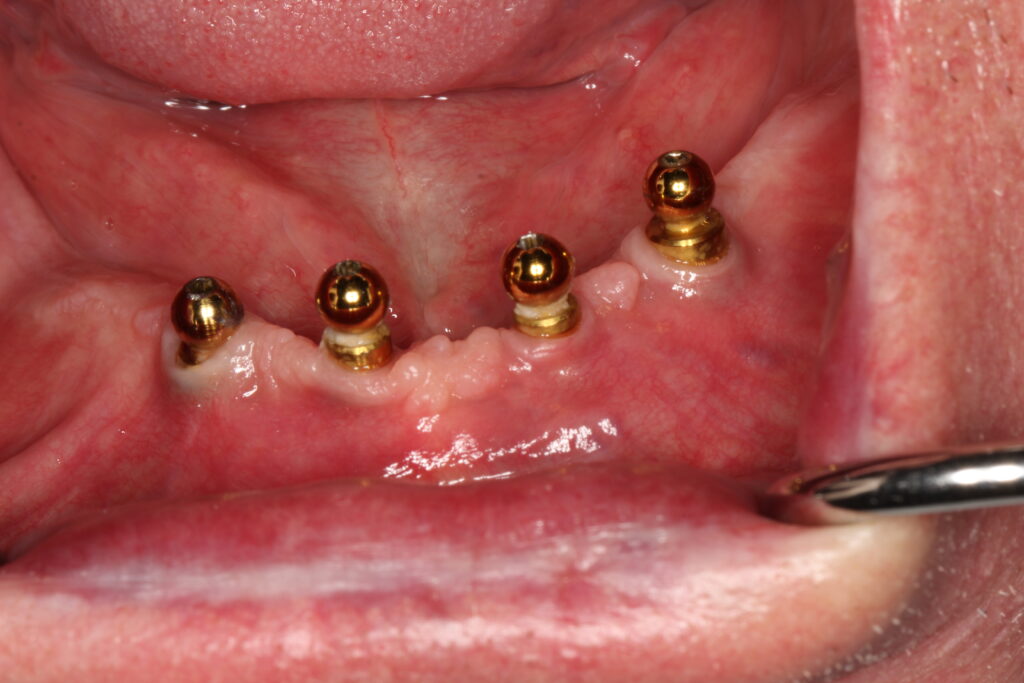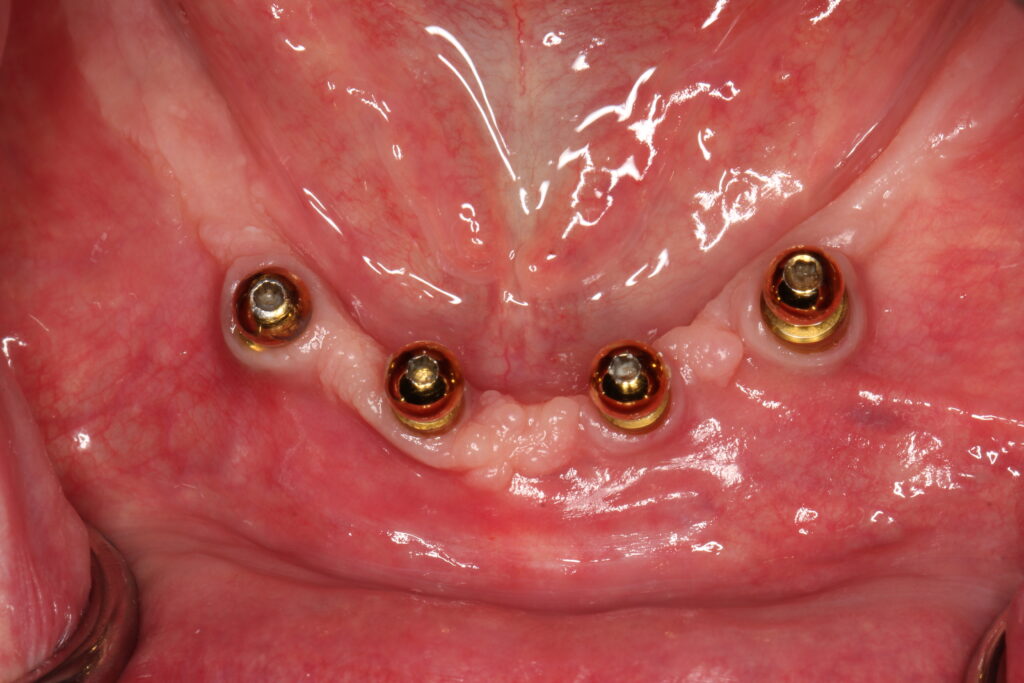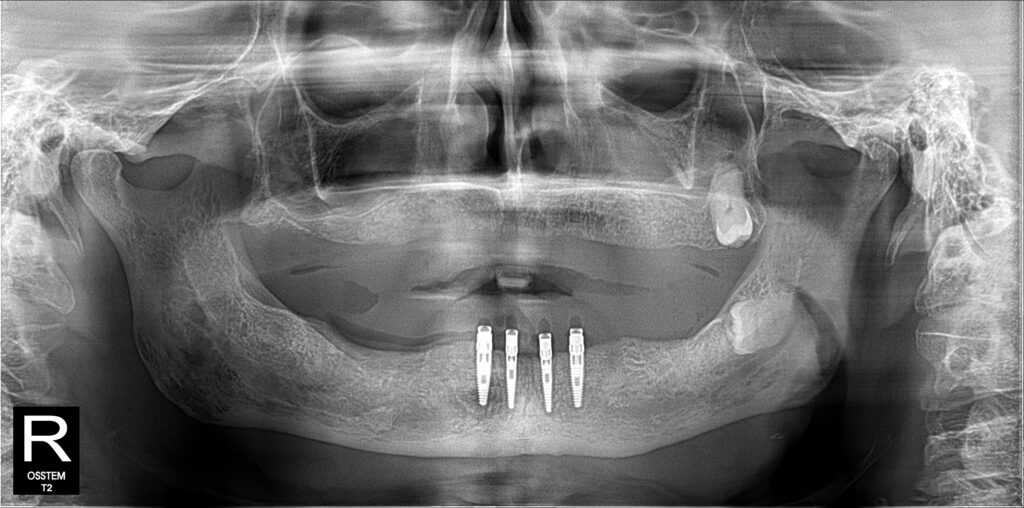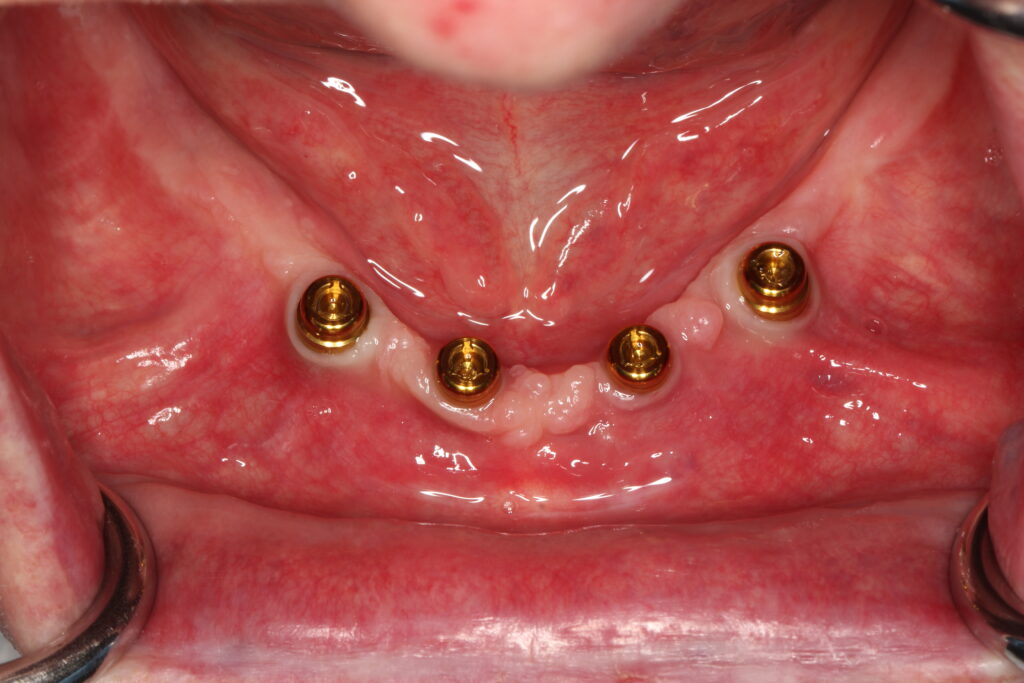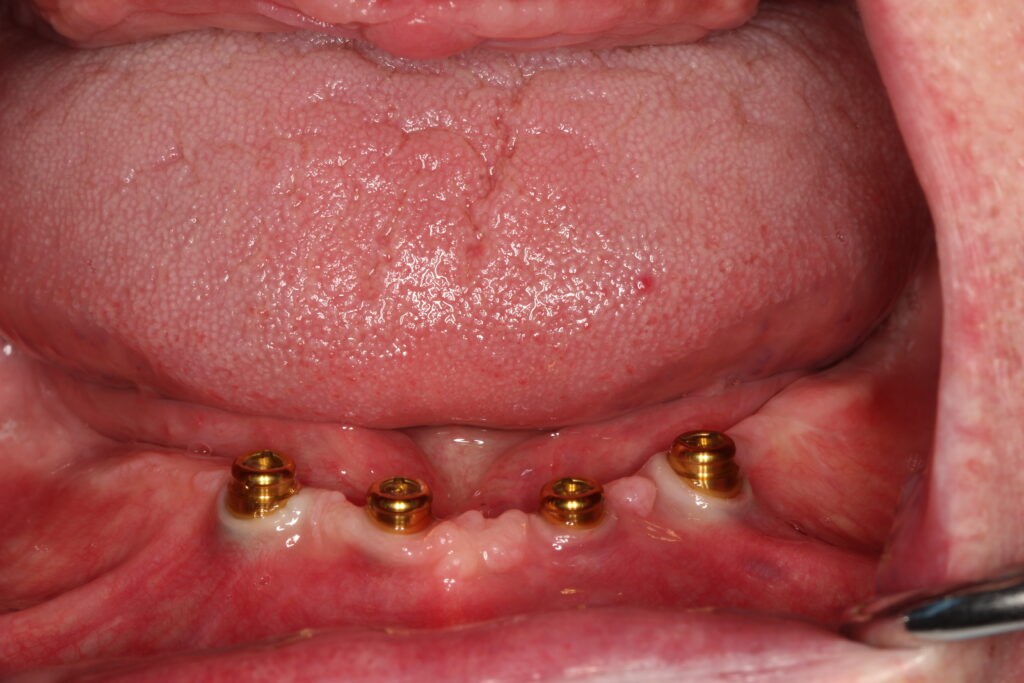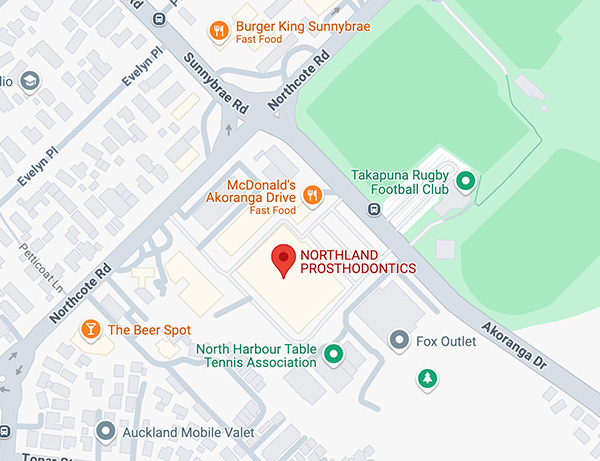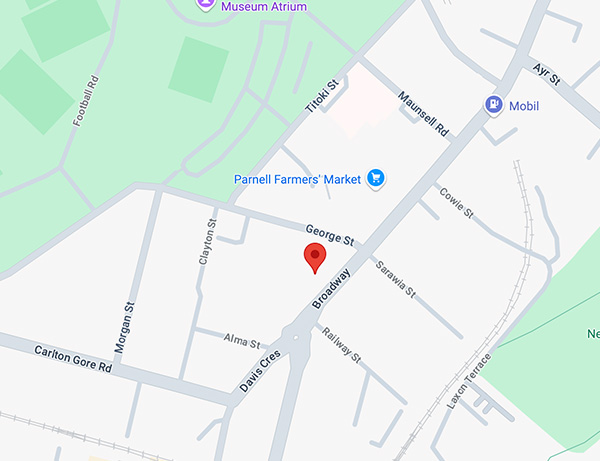Why would you choose a specialist prosthodontist to do your implant overdenture🤔
General dentists and clinical dental technicians who offer implant overdenture treatments will usually have undergone less formal training, often having less experience than a specialist prosthodontist. They are usually limited to using more simple techniques, not being aware of advanced procedures used by specialist prosthodontists. They also sometimes are not able to diagnose those patients with more difficult mouths with lots of gum and face shrinkage before commencing treatment. Owing to specialist prosthodontists intensive training, they are in the best position to fully diagnose, plan and advise on appropriate treatment and use various implant overdenture techniques underpinned by scientific evidence, research and experience. In addition, specialist prosthodontists can therefore also treat both simple and more complex or challenging implant overdenture patients. They also work with more experienced dental technicians (who do their laboratory work) and dental surgery assistants (often working on the best cosmetic outcome) which means the “team” treating you is the best than can be provided. This is certainly the case at Northland Prosthodontics !!!
How Does It Work?
There are two types of implant dentures: bar-retained and ball-retained. In both cases, the denture will be made of an acrylic base that will look like gums. Porcelain or acrylic teeth that look like natural teeth are attached to the base. Both types of dentures need at least two implants for support.
- Ball-retained dentures (most common) — Each implant in the jawbone holds a metal attachment that fits into another attachment on the denture. In most cases, the attachments on the implants are ball-shaped (“male” attachments), and they fit into sockets (“female” attachments) on the denture. In some cases, the denture holds the male attachments and the implants hold the female ones.
- Bar-retained dentures — A thin metal bar that follows the curve of your jaw is attached to the implants that have been placed in your jawbone. Clips or other types of attachments are fitted to the bar, the denture or both. The denture fits over the bar and is securely clipped into place by the attachment
Lower Jaw Implant Complete Dentures
Lower Jaw Ball Implant Overdentures
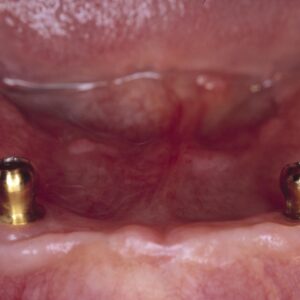
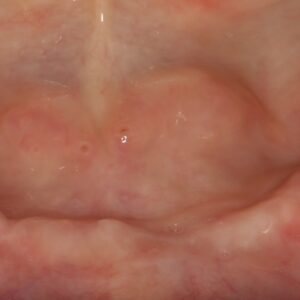

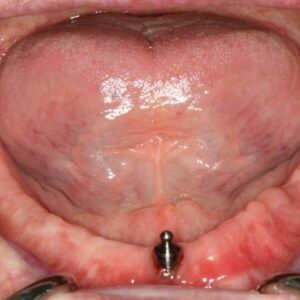



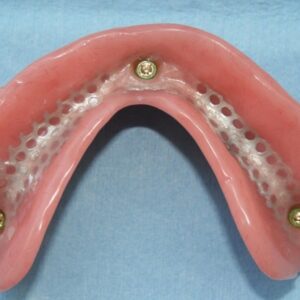
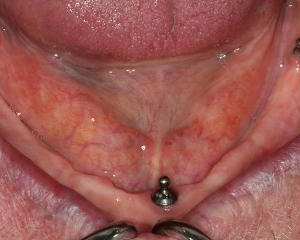
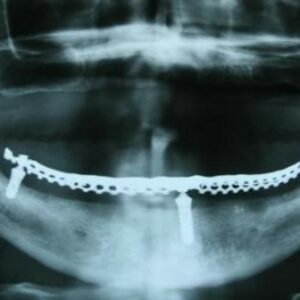
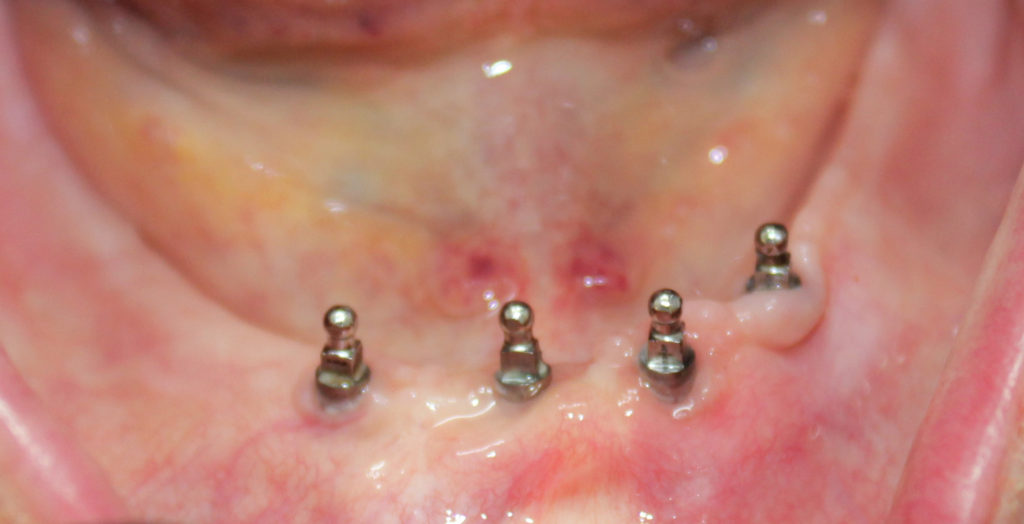
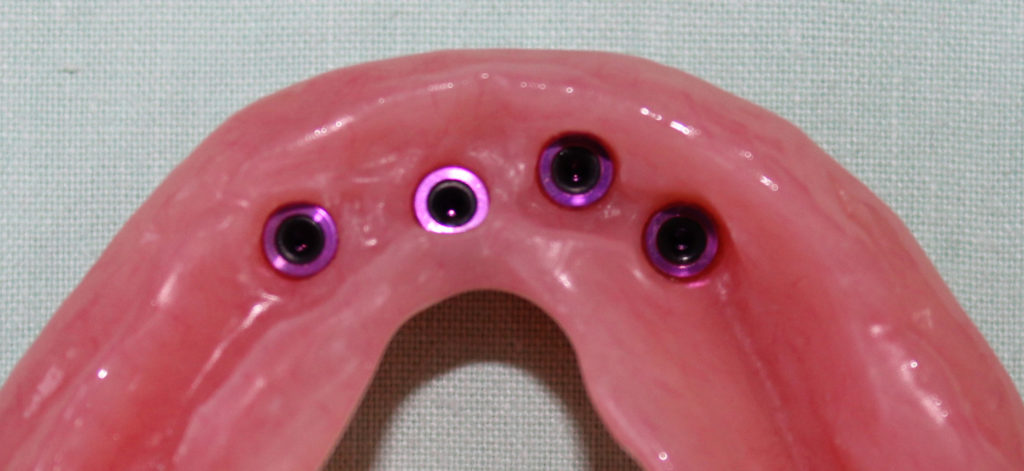
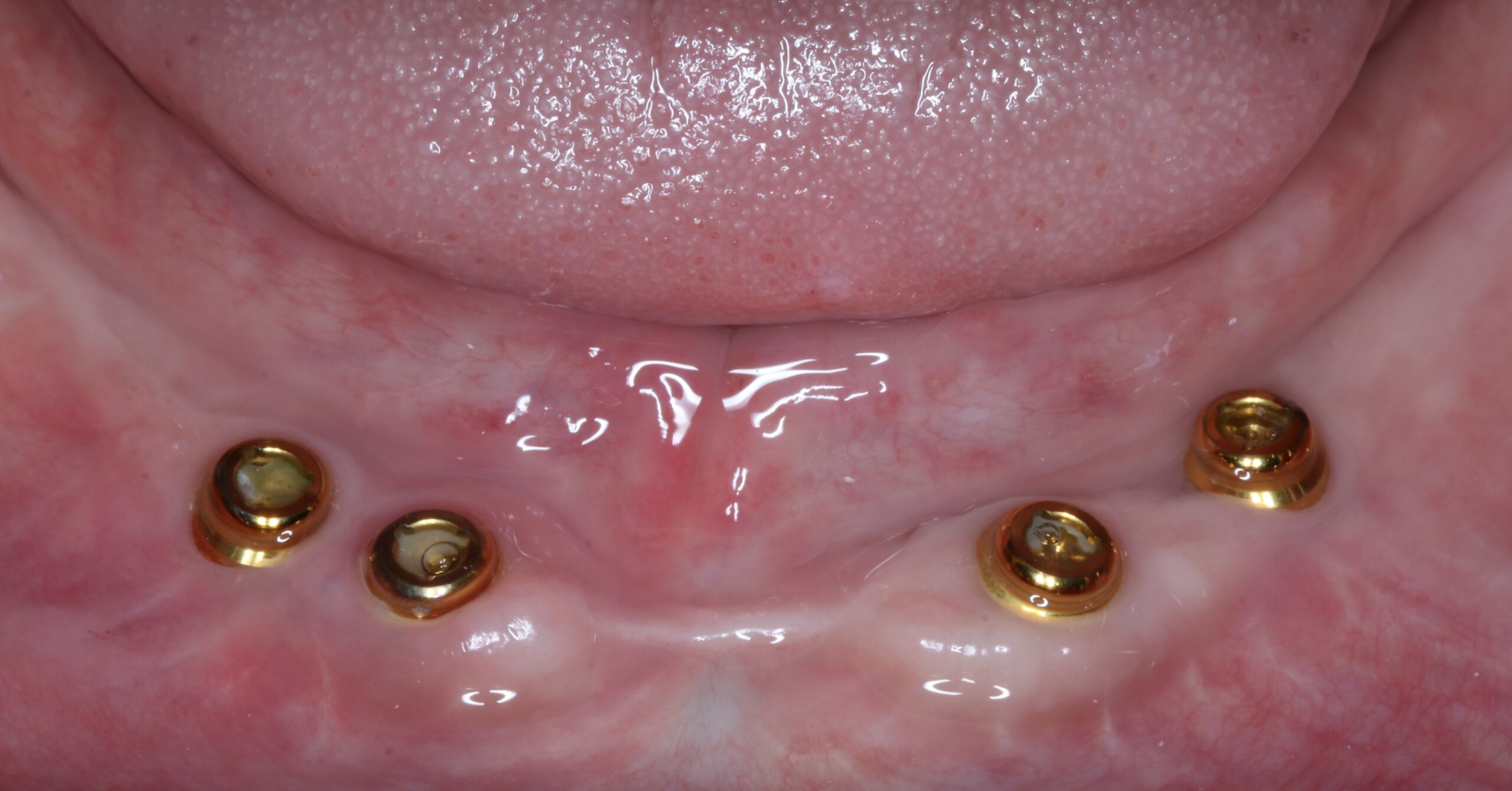
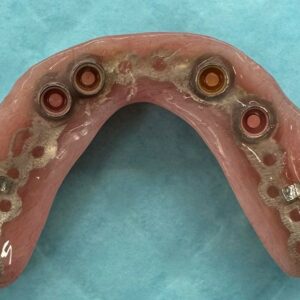
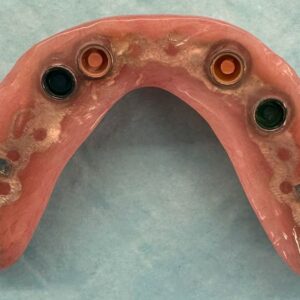
Lower Jaw Bar Implant Overdentures
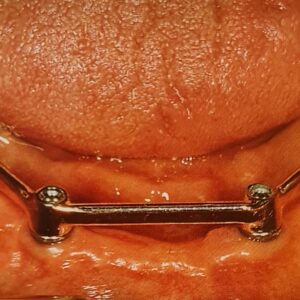
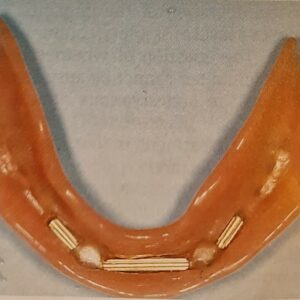
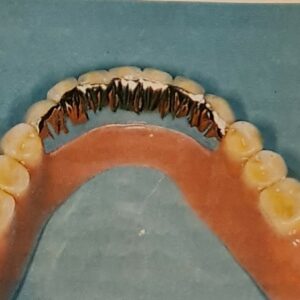




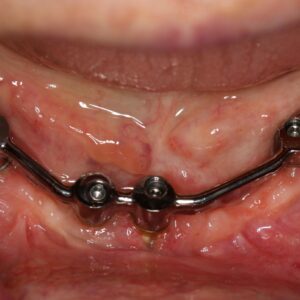
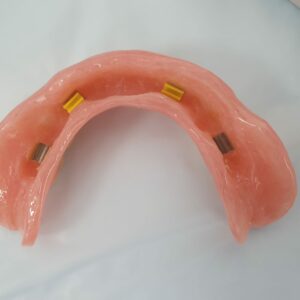

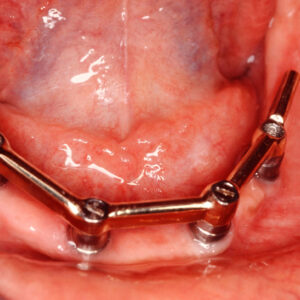
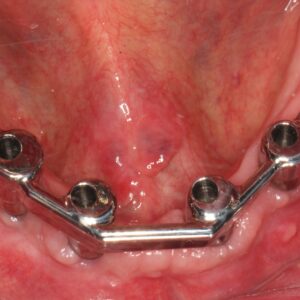
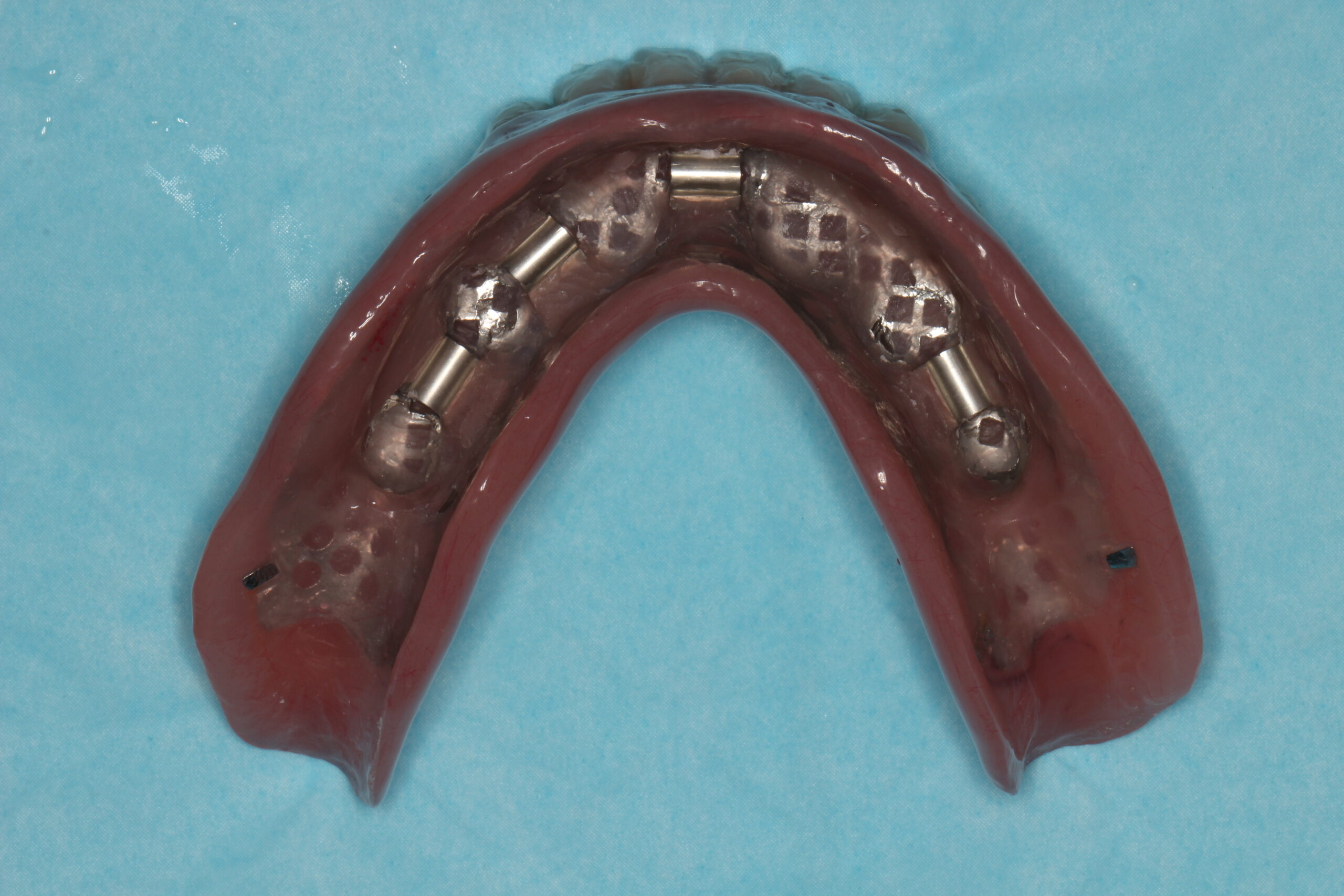
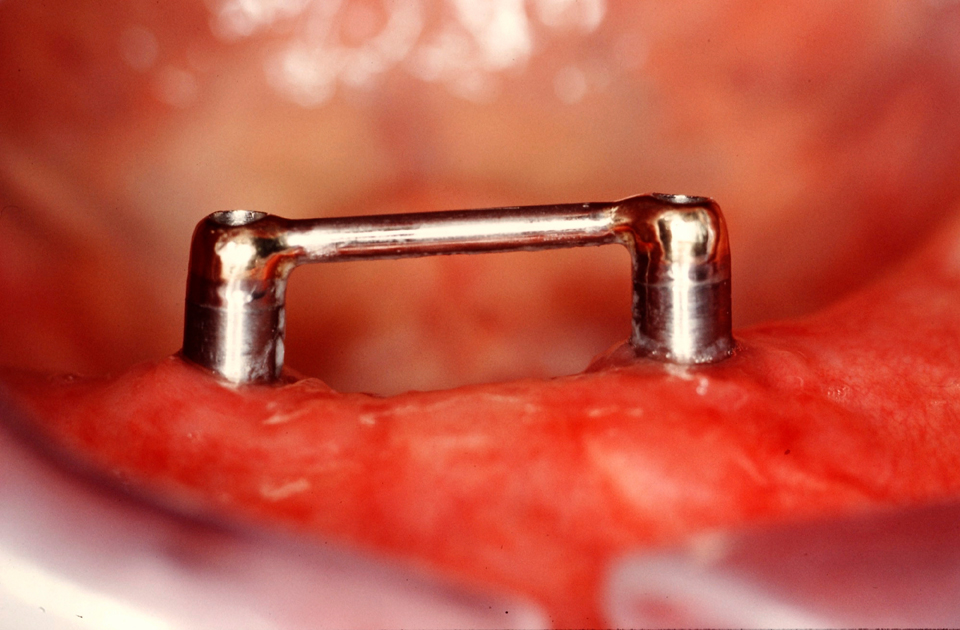
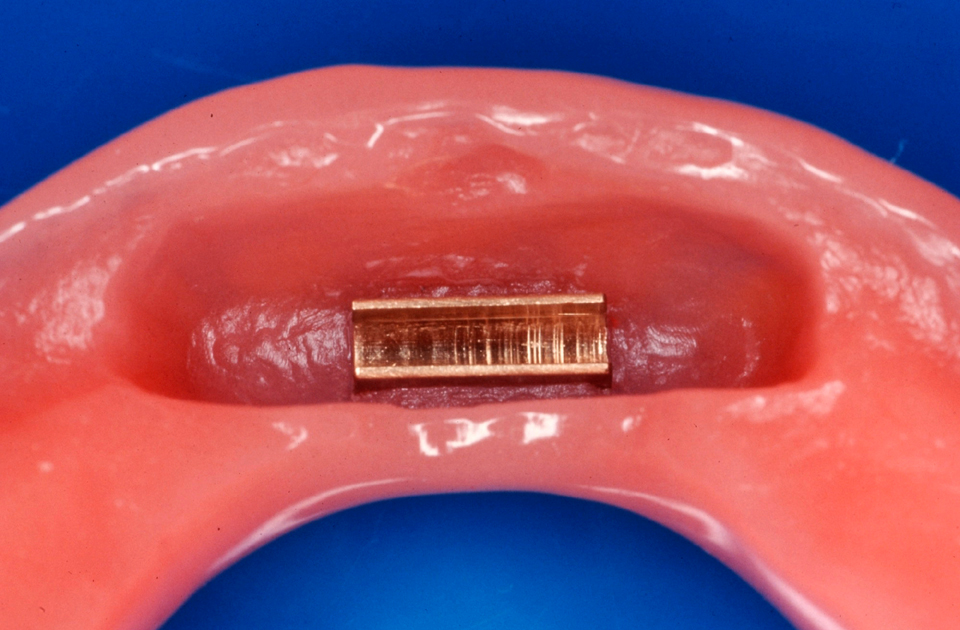
Lower Jaw Single Implant Dentures for Pensioners
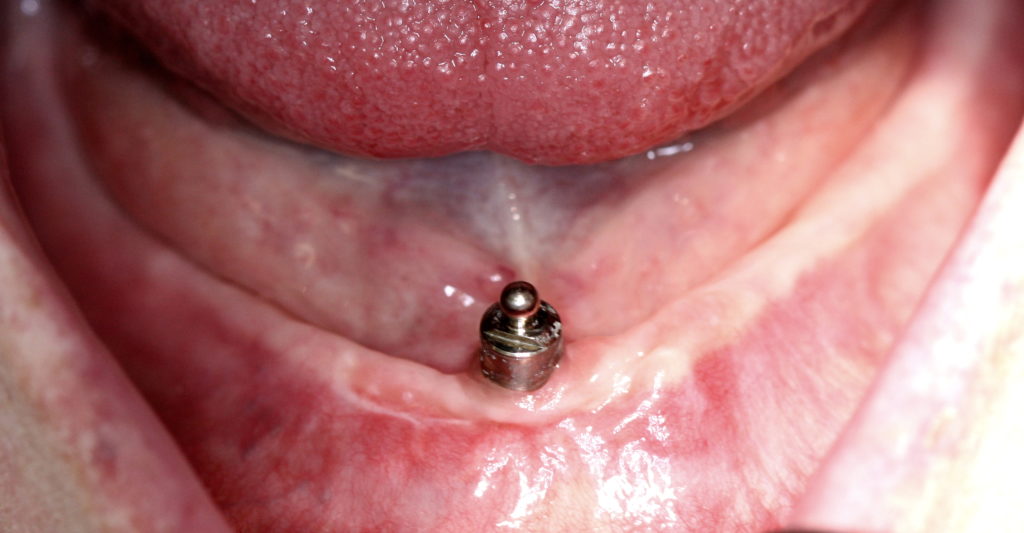
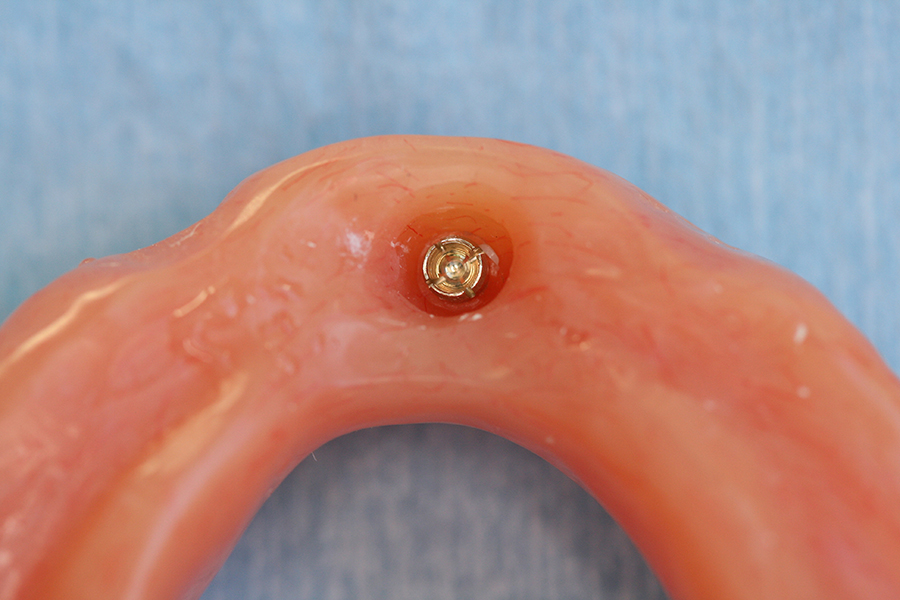
Upper Jaw Implant Complete Dentures
Upper Jaw Implant Overdentures on 3 Implants
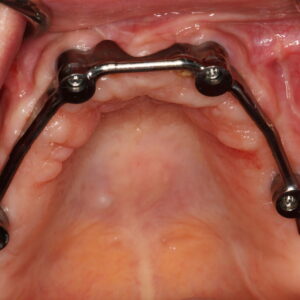

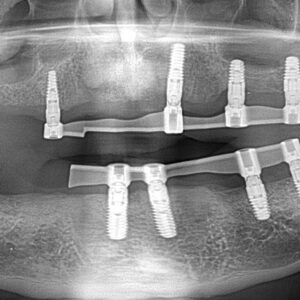
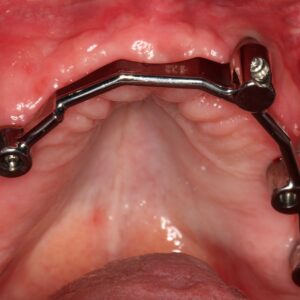
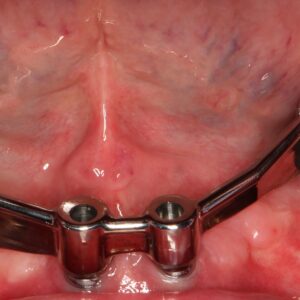
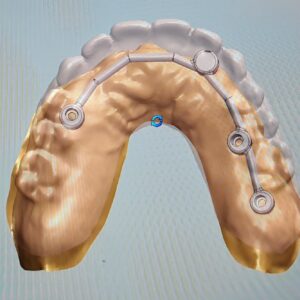
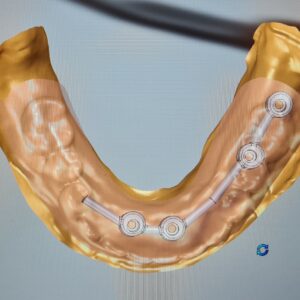

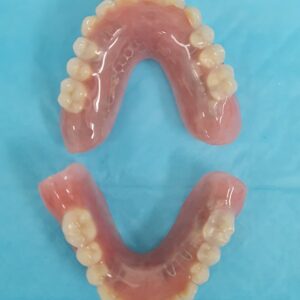
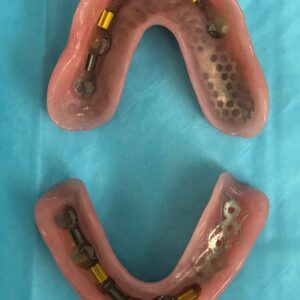
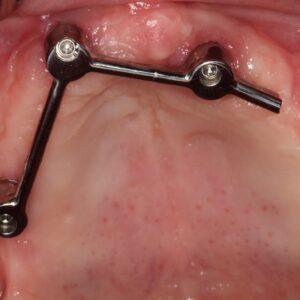
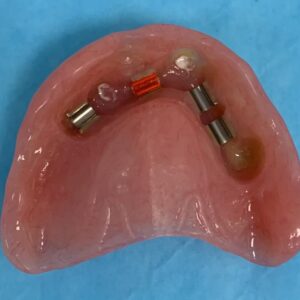
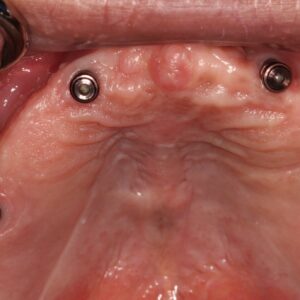

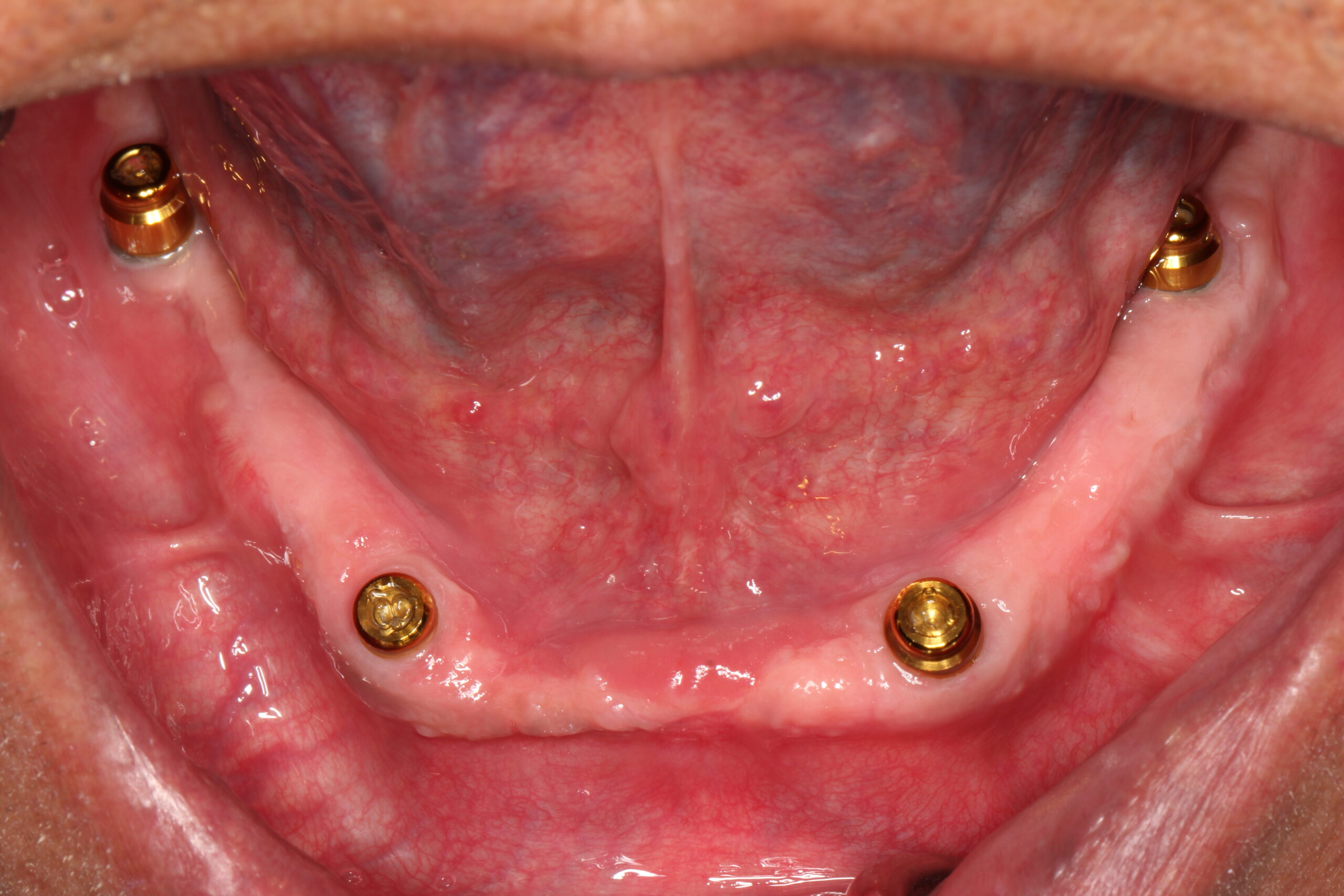
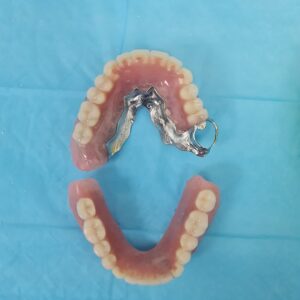
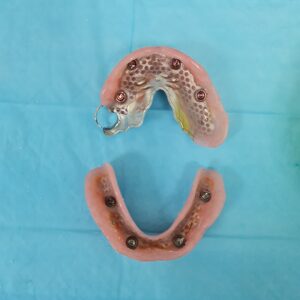
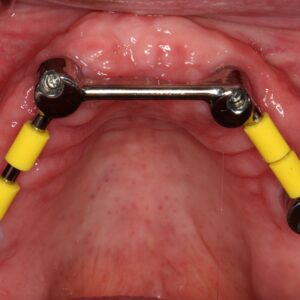
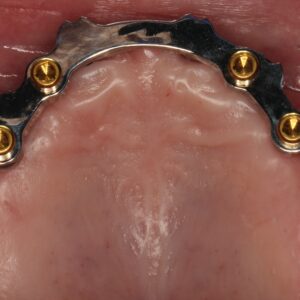
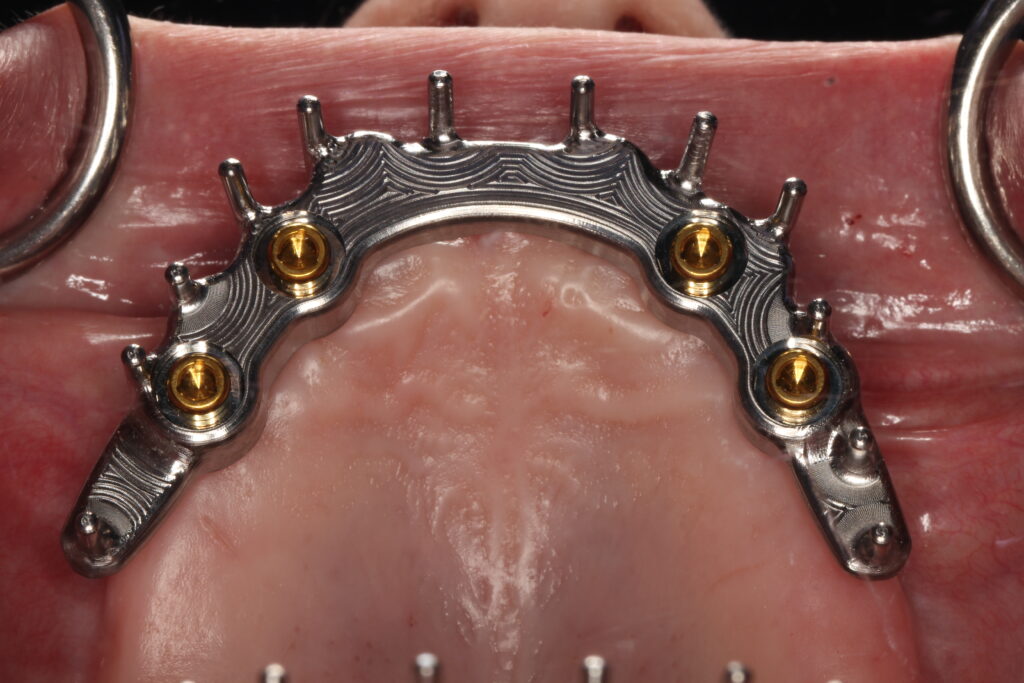
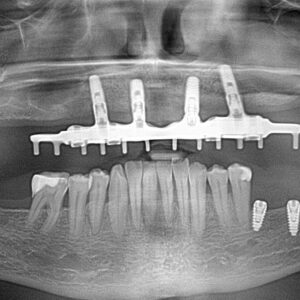
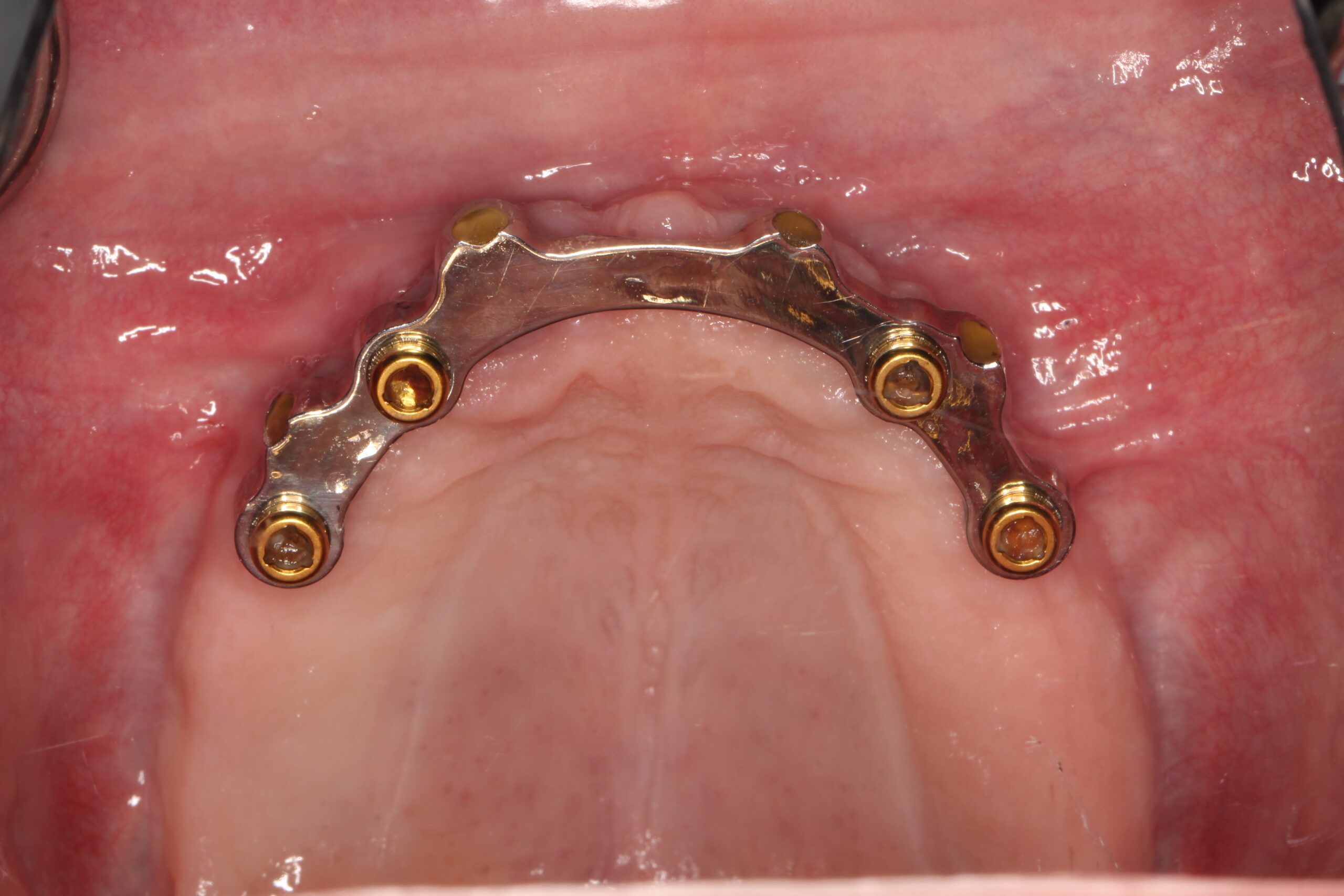
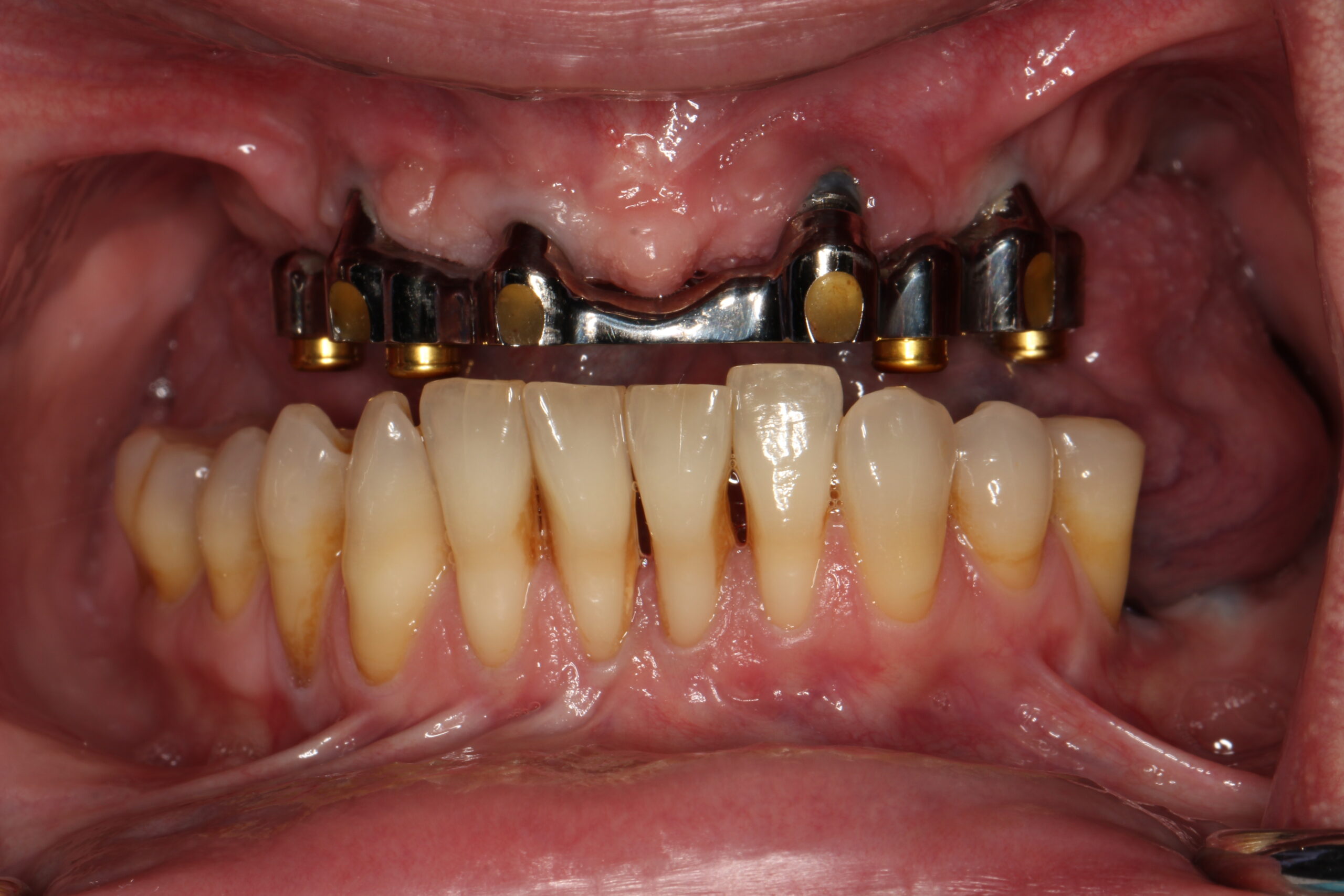
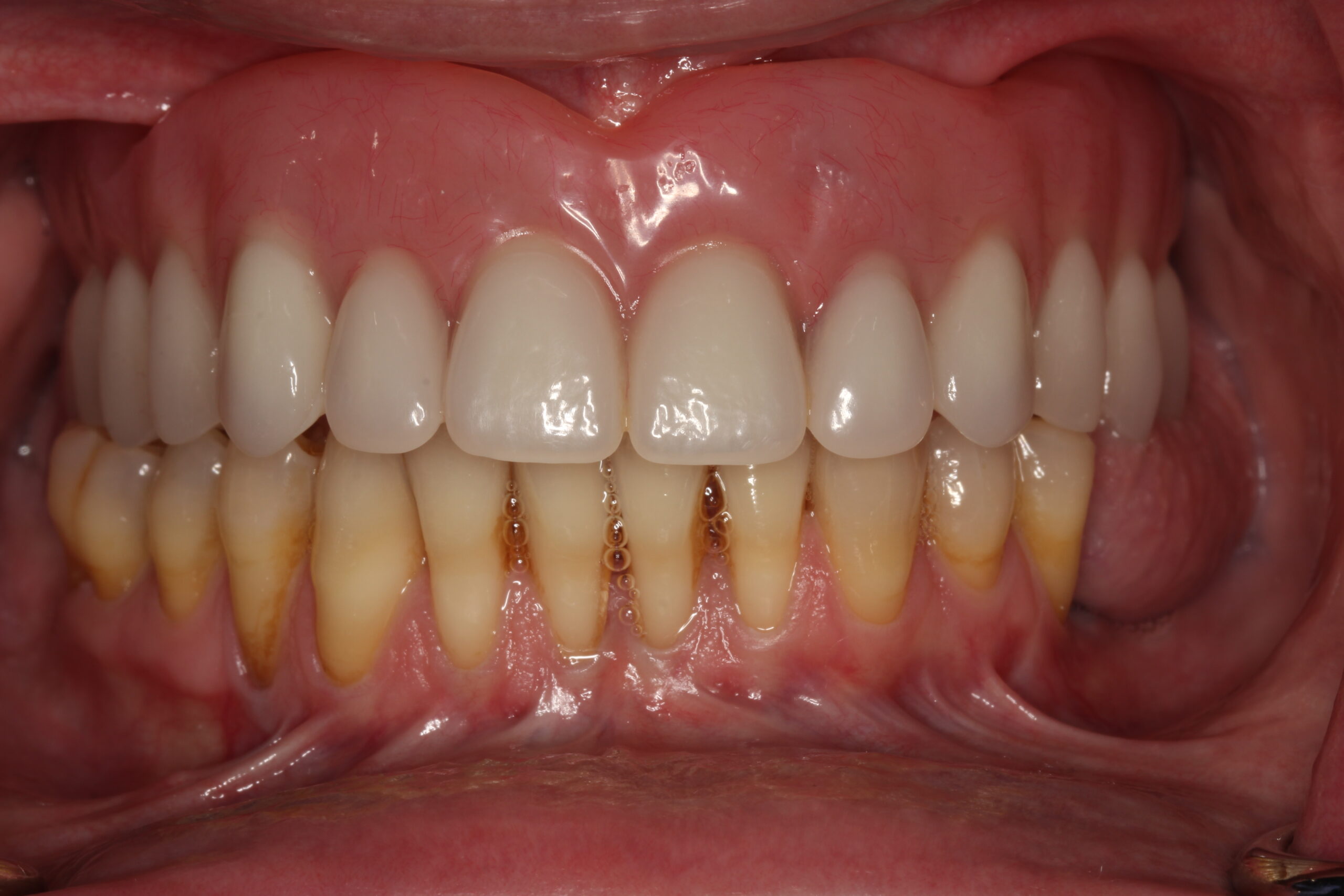
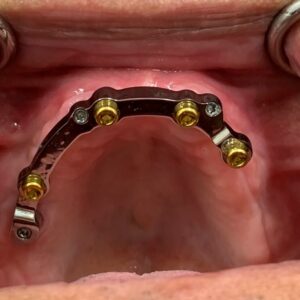
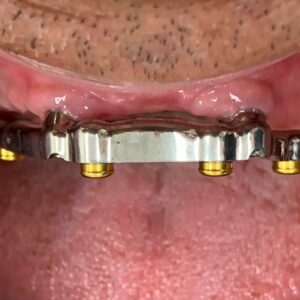
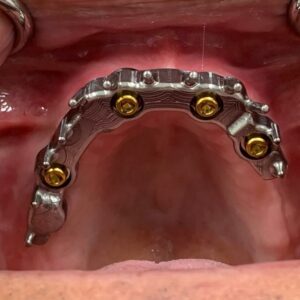






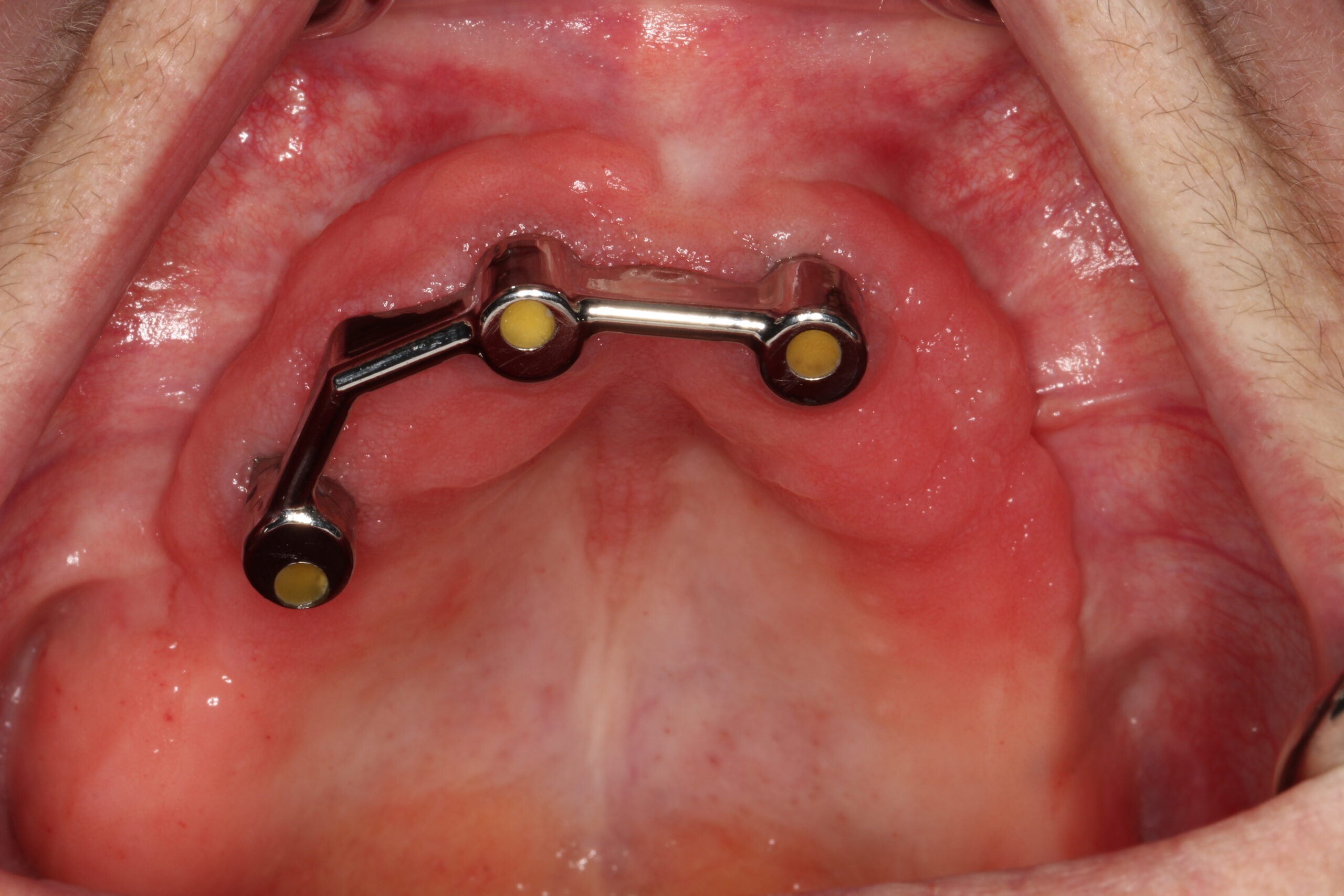
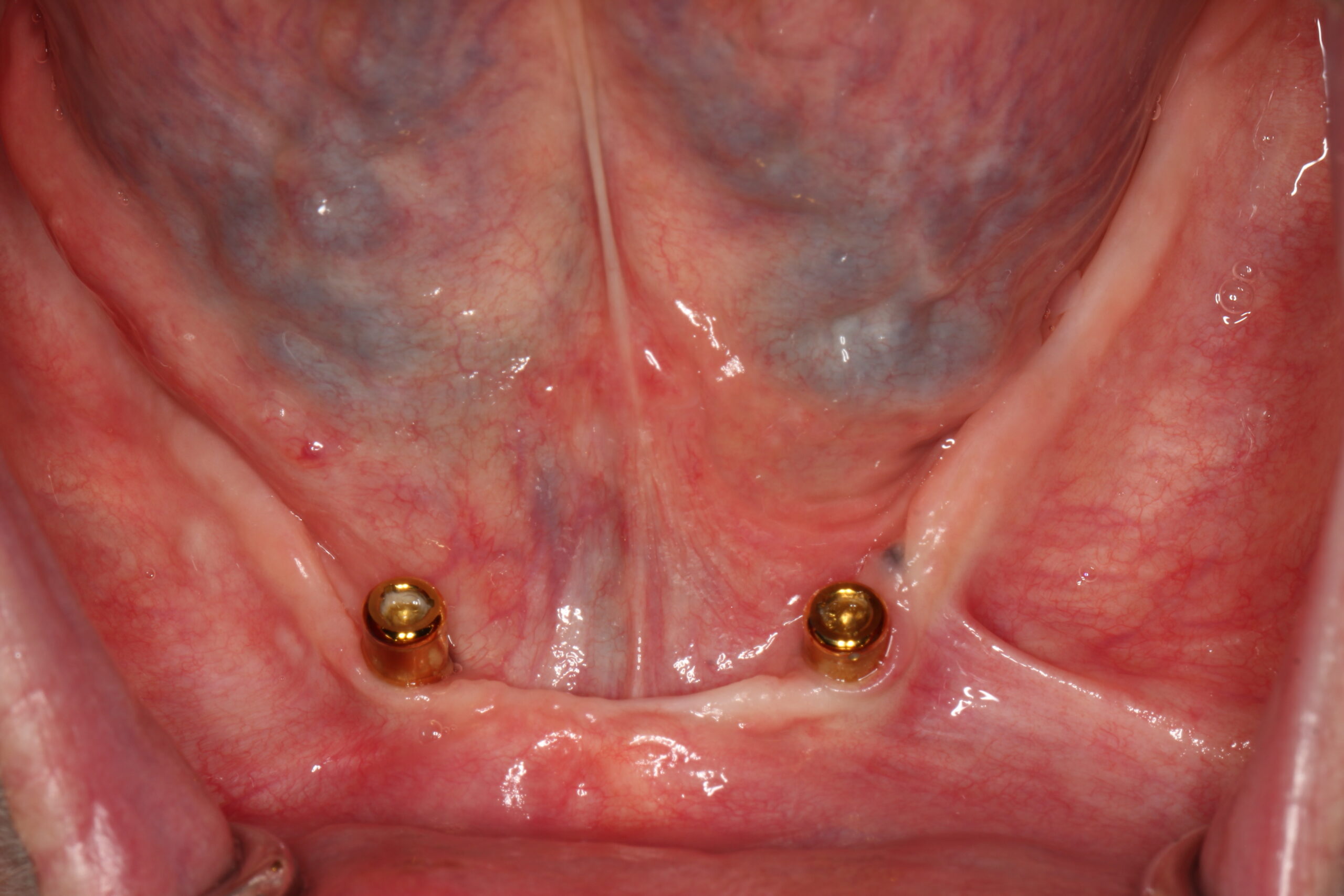
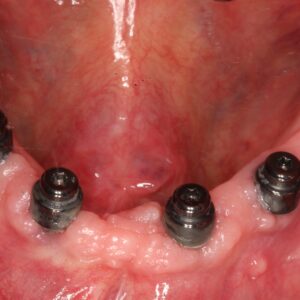
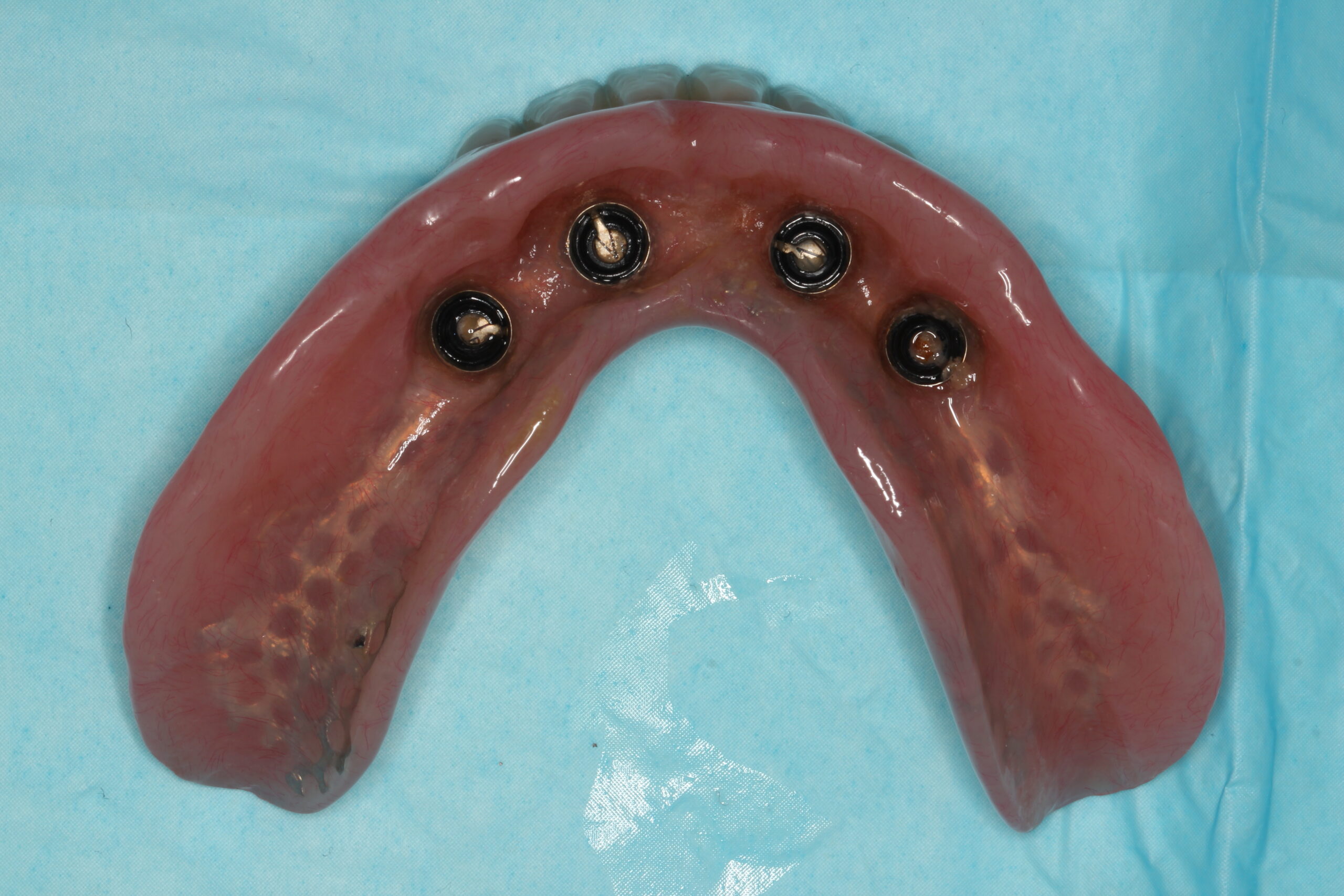


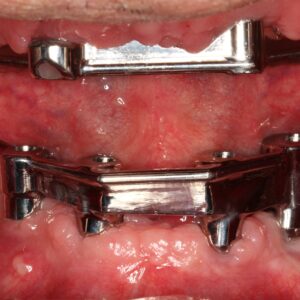

Compromise Option Upper and Lower Jaw Implant Overdentures
